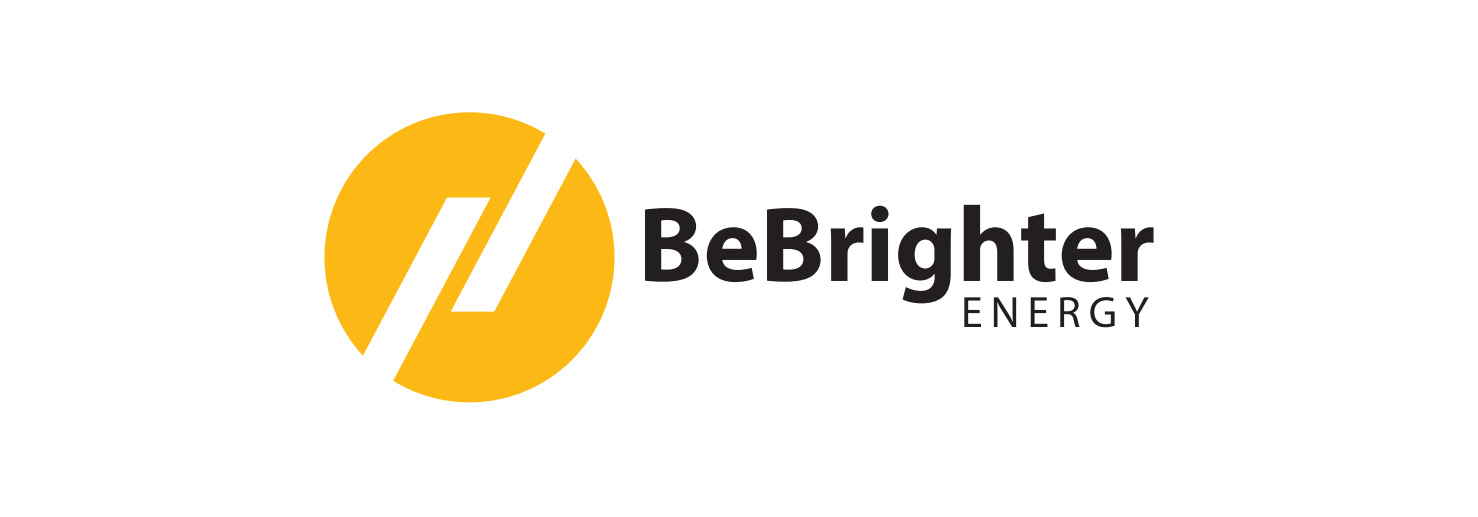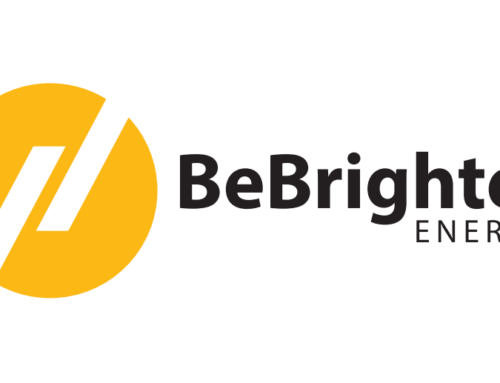Solar Panel Investment Calculating Your Solar Profitability
Introduction
In an age of environmental consciousness and rising energy costs, many homeowners and businesses are turning to solar power as a sustainable and cost-effective energy solution. Investing in solar panels not only contributes to a cleaner environment but can also lead to substantial financial savings. However, understanding the return on investment (ROI) is crucial for making informed solar investments. In this article, we’ll provide insights into how to calculate and maximise your solar ROI, ensuring your investments are financially rewarding.
The Solar Power Revolution
The global shift towards renewable energy sources, such as solar power, has been gaining momentum in recent years. Solar panels or photovoltaic (PV) systems, convert sunlight into electricity, offering a clean and sustainable alternative to traditional fossil fuels. This transition to solar power not only reduces carbon emissions but also provides individuals and businesses with the opportunity to take control of their energy production.
One of the key driving factors behind the solar power revolution is the potential for significant cost savings. Solar energy systems can substantially reduce your electricity bills and in many cases, even allow you to sell excess energy back to the grid. This shift towards energy independence can be financially rewarding, but to truly maximise the benefits, it’s essential to understand the concept of ROI.
Calculating Your Solar ROI
Return on Investment (ROI) is a financial metric that helps you assess the profitability of an investment over a specific period. When it comes to solar power, calculating the ROI involves understanding the initial costs of purchasing and installing a solar panel system, as well as the long-term savings and potential income generated from the system.
Here’s A Step-By-Step Guide To Calculating Your Solar ROI:
Initial Costs: Start by determining the total upfront costs associated with purchasing and installing your solar panels. This includes the cost of the solar panels themselves, inverters, mounting equipment and the installation process. Don’t forget to factor in any government incentives or rebates that may offset some of these expenses.
Energy Savings: Calculate your expected annual energy savings from your solar system. This involves estimating the amount of electricity your system will generate based on factors like location, panel efficiency and sunlight hours. The more accurate your estimations, the better you can predict your savings.
Energy Production: Consider whether your system will produce more energy than you consume. In many cases, excess energy can be sold back to the grid through net metering, potentially generating additional income.
Maintenance and Operating Costs: Solar panels are relatively low-maintenance, but you should account for occasional cleaning, repairs and any associated costs to keep your system running efficiently.
Incentives and Tax Credits: Research available incentives, tax credits and rebates at the federal, state and local levels. These financial incentives can significantly impact your overall ROI.
Calculate ROI: Use the following formula to calculate your solar ROI:
ROI (%) = (Net Profit / Initial Investment) x 100
Net Profit = (Total Energy Savings + Income from Excess Energy) – (Maintenance and Operating Costs + Initial Costs)
Maximising Your Solar ROI
Now that you’ve calculated your solar ROI, you may be wondering how to maximise it. Here are some strategies to help you get the most out of your solar investment:
Choose High-Quality Equipment: Invest in top-quality solar panels, inverters and mounting systems. While they may come with a higher initial cost, they are likely to be more efficient and have a longer lifespan, ultimately increasing your ROI.
Optimise System Size: Work with a professional installer to determine the ideal system size for your energy needs. An oversized system may result in excess electricity production, while an undersized system may not cover your energy consumption entirely.
Leverage Tax Incentives: Take advantage of available federal and local tax incentives and rebates to reduce your initial investment. These incentives can have a significant impact on your ROI.
Net Metering: Ensure you have a net metering agreement with your utility company to sell excess energy back to the grid. This allows you to generate income from your solar system.
Regular Maintenance: Keep your solar panels well-maintained to maximise their efficiency and lifespan. This can help you avoid unexpected repair costs and ensure optimal energy production.
Conclusion
Investing in solar power is not only environmentally responsible but can also be financially rewarding. Understanding the concept of Return on Investment (ROI) is crucial for assessing the profitability of your solar installation. By calculating your solar ROI and implementing strategies to maximise it, you can enjoy substantial long-term savings and potentially even generate income from your solar energy system. As the solar power revolution continues to grow, embracing this sustainable energy source is a smart and profitable choice for homeowners and businesses alike.



Leave A Comment